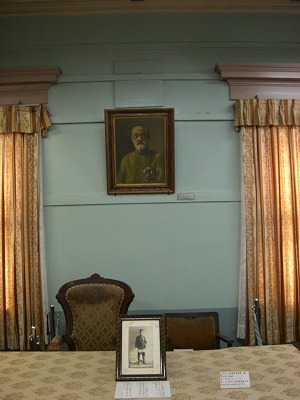
This is a room used by General Maresuke Nogi, the first commander of the 11th division of the Imperial Army.
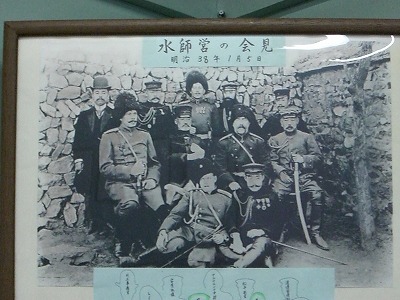
This is a picture of General Nogi and Russian Army generals, prisoners of war, taken just after the Japanese-Russo War(1904-1905).
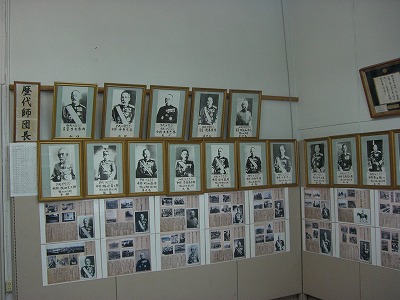
These are pictures of all the past commanders of the Imperial Army.
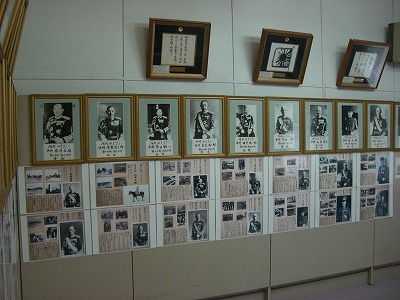
Commanders of the past
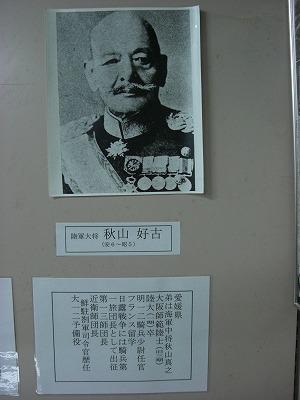
Army General Yoshifuru Akiyama
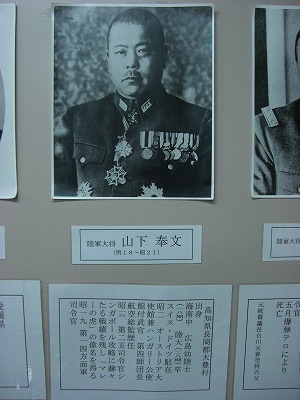
Army General Tomoyuki Yamashita
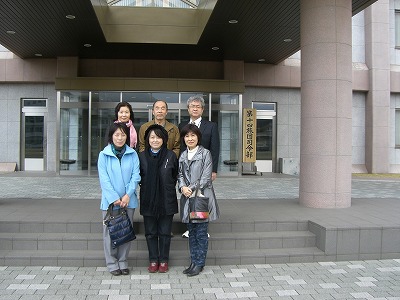
Together with Mr. Nakayama, former GSDF Colonel
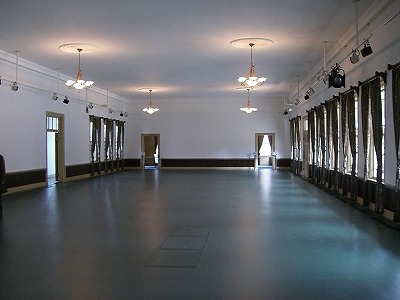
This “Kaiko-sha” was built in 1903 and used by Imperial Army officers. The wooden building is designated as an important cultural asset.
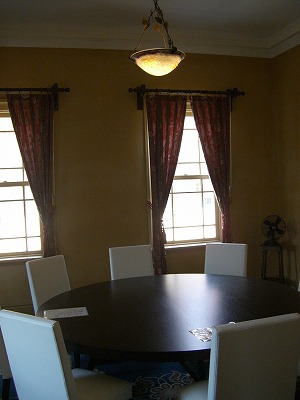
This room in kaiko-sha was used by the Emperor Taisho and later by the Emperor Showa in 1922 when he was a crown prince.
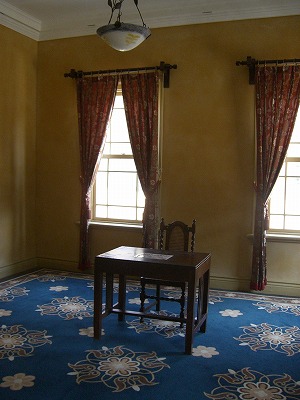
This room was also used by the Emperor Showa (the Crown Prince in those days) when the Imperial Army held a military exercise in Kagawa in 1922.
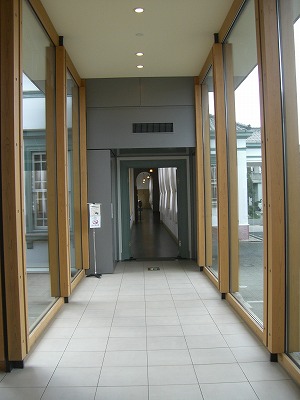
This is the passage between the Kaiko-sha and a restaurant.
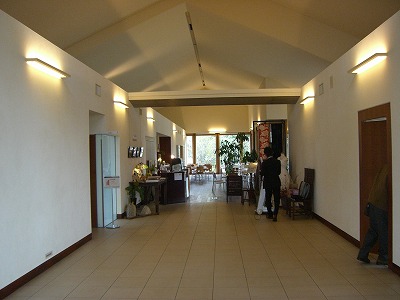
This is a restaurant built next to the Kaiko-sha.
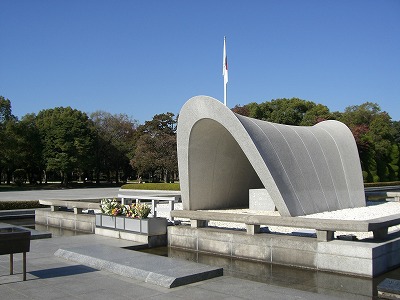
This is the Memorial Monument for Hiroshima dedicated to the A-Bomb victims.
The stone chest under the cenotaph contains a register of those who have died
since 1945.
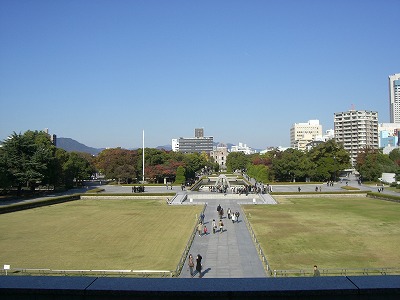
You can see the Cenotaph for the A-bomb victims from Hiroshima Peace
Memorial Museum. The A-Bomb Dome, the Flame of Peace, the Cenotaph,
the Fountain of Prayer and the Statue of Mother and Child in the Storm are in
a single line.
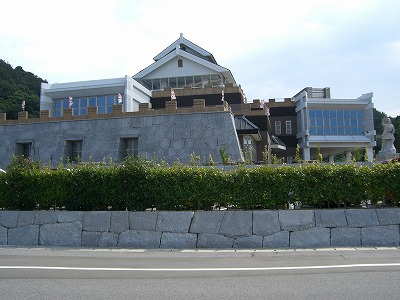
The museum is located in Oh-shima, an island off Imabari in Ehime.
It specialize in the history of the Murakami Clan, groups of Samurai in feudal days,
who ruled the Seto Inland Sea.
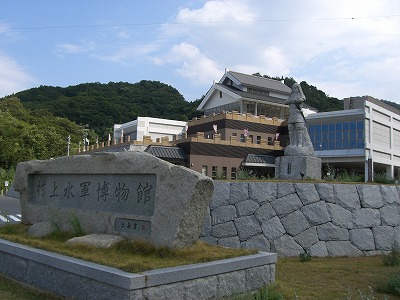
They fortified the islands themselves which were difficult to to be approached
by others because of a strong tidal current.
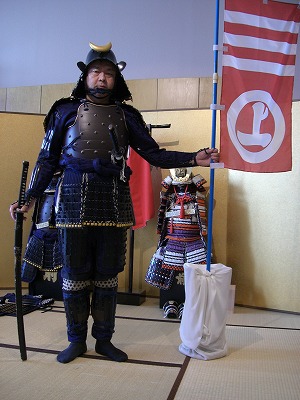
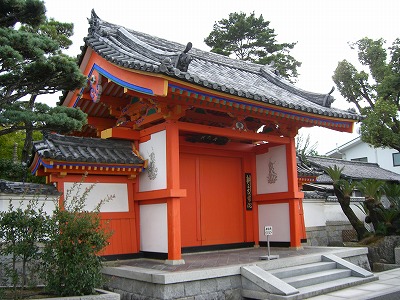
This is the gate to Choseikaku, which is a gorgeous residence dedicated to
the founder’s mother.
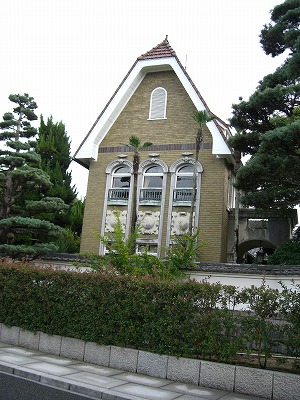
This is a part of the Choseikaku.
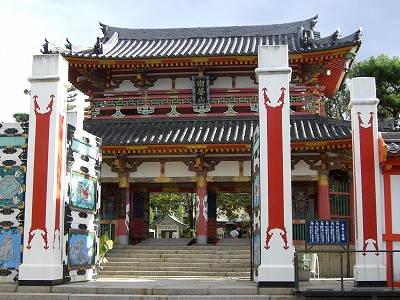
This is the main gate to Kosanji-temple.
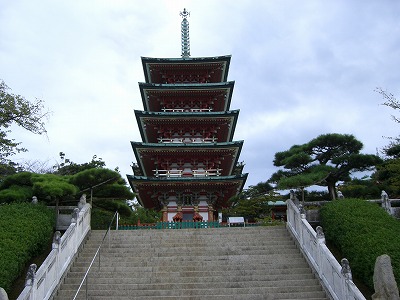
Kosanji is different from other temples on the point that the five-storied pagoda is
located in the center of the temple. A very interesting thing is on the top of the pagoda.
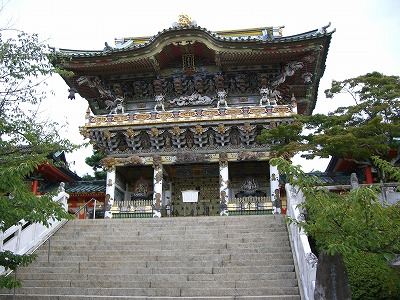
Koyo-mon, built after the Second World War, was modeled
after Yomei-mon in Nikko-Tosho-gu to the north of Tokyo.
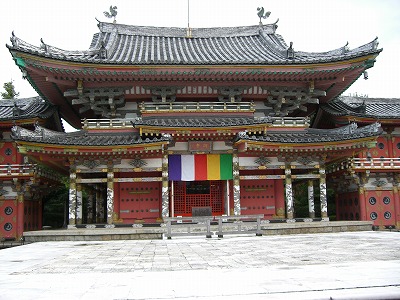
kosanji is a newly-built temple which belongs to Jodo-Shinshu sect.
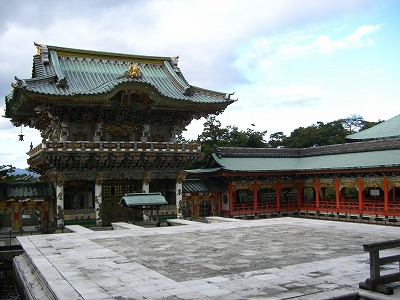
Priest kozo, once a businessman in Osaka, built this temple spending
more than 30 years.
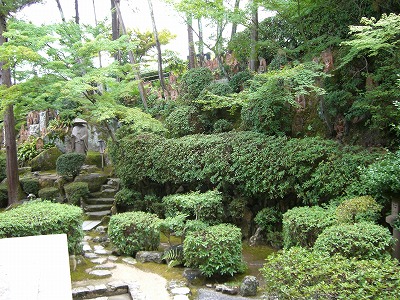
This temple itself is designated as a museum.
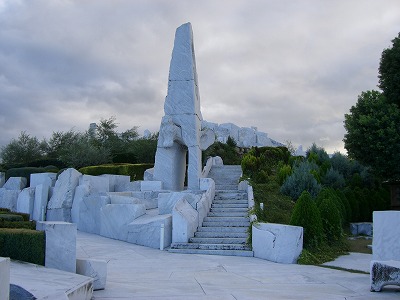
Next to the temple is a large space covered with marble and sculptures.
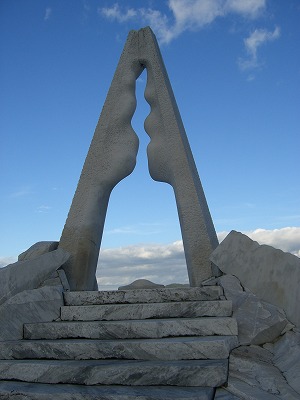
You can see a nice view of the Seto Inland Sea from the top of the hill.
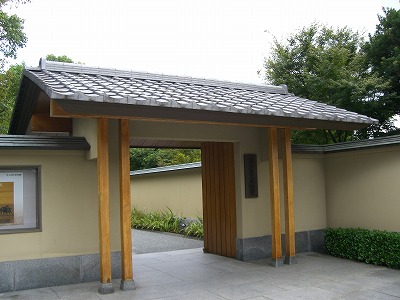
This is the main gate of Hirayama Ikuo Museum, which is located on
the Island of Ikuchi-jima in Hiroshima Prefecture.
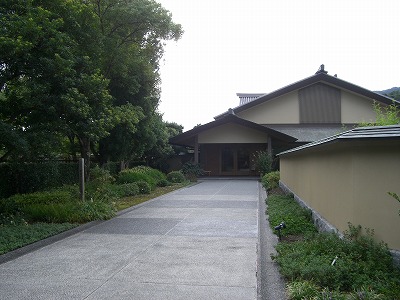
The approach to the entrance of H.I. Museum of Art
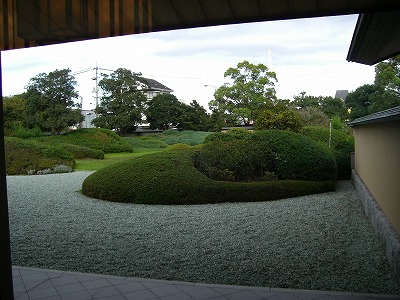
This is the japanese garden seen from the entrance hall of the museum.



































